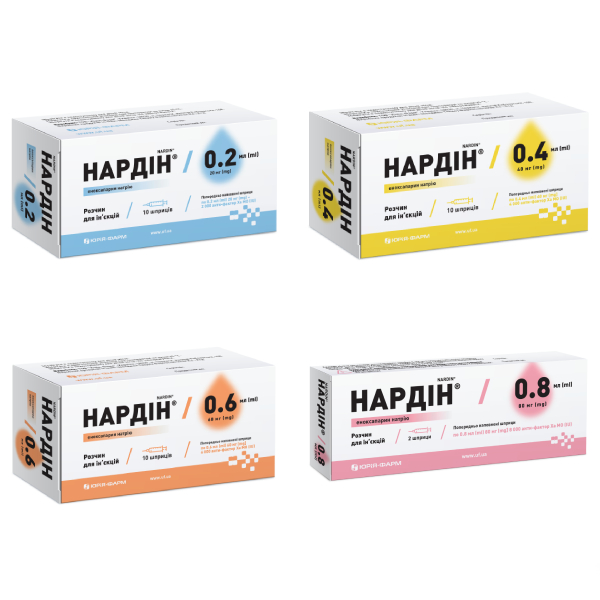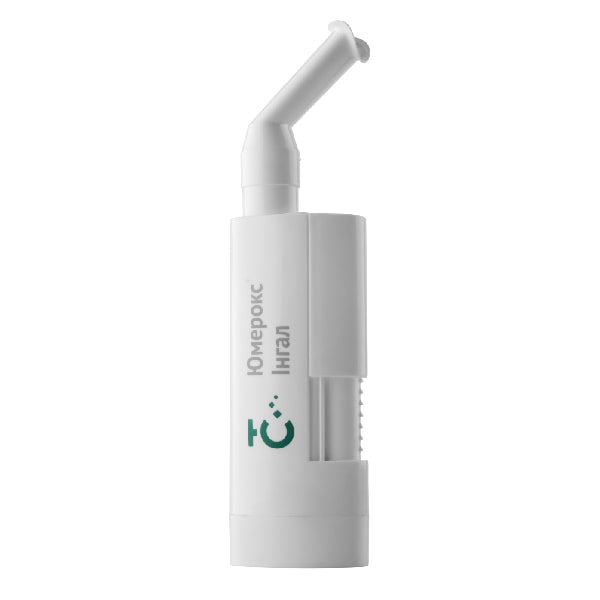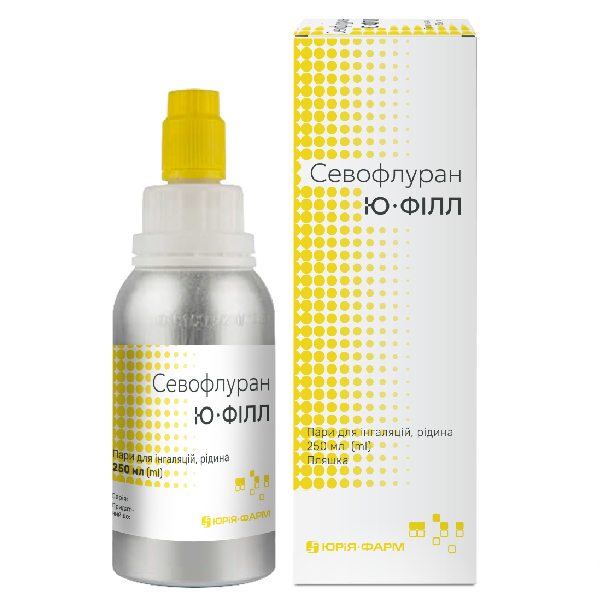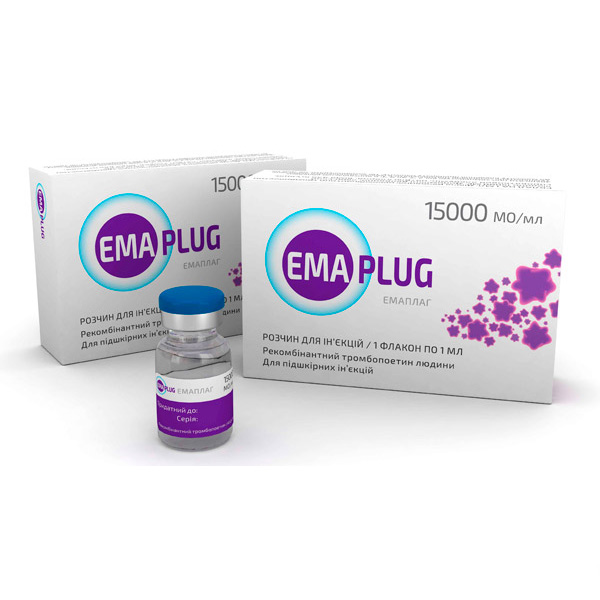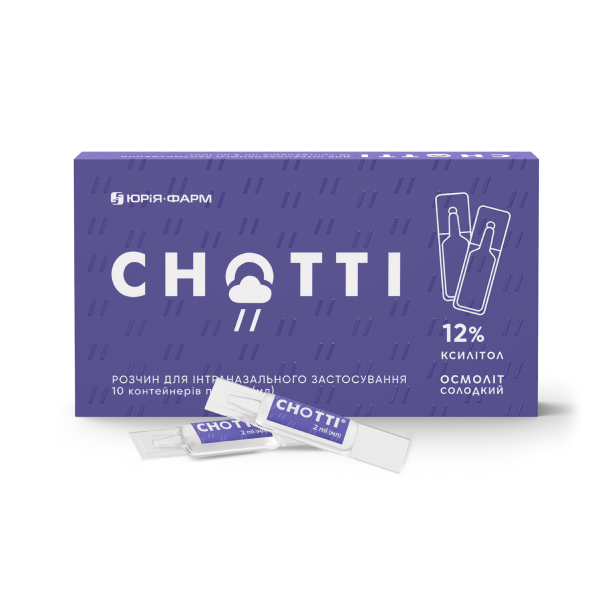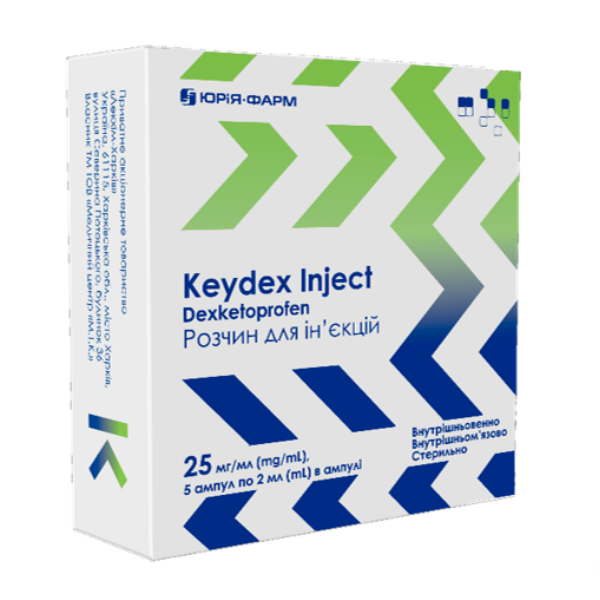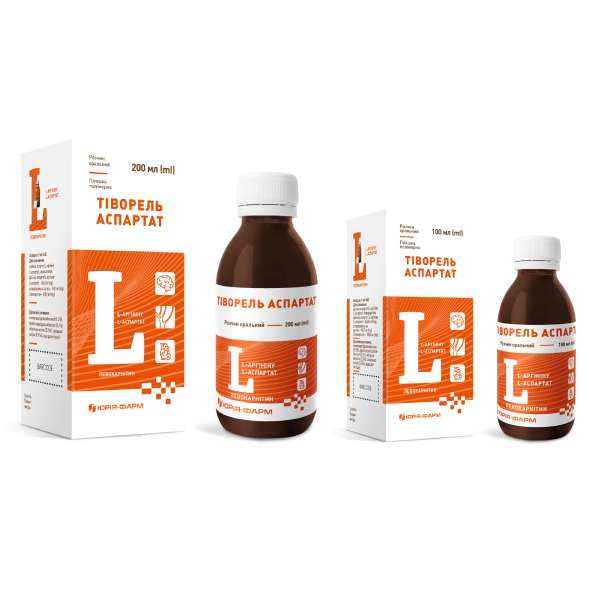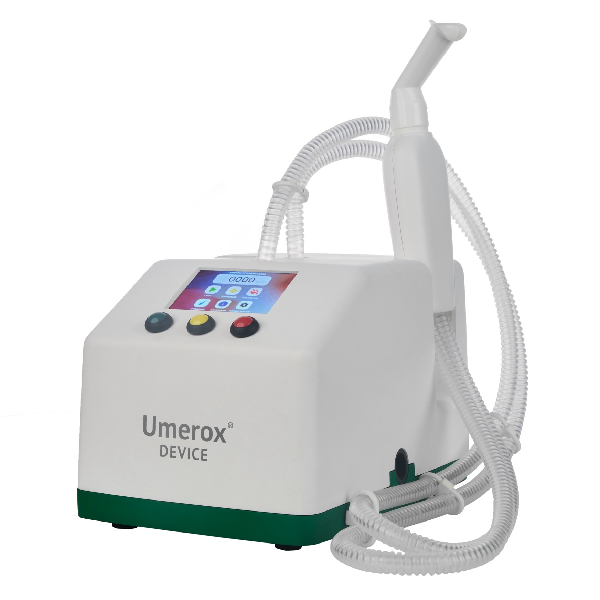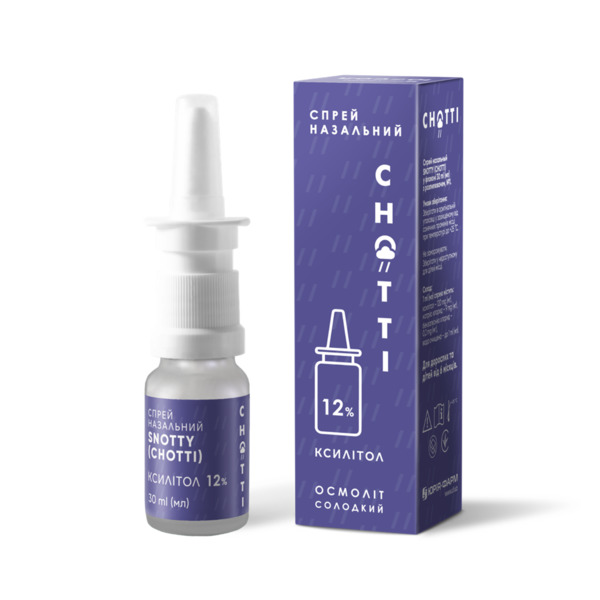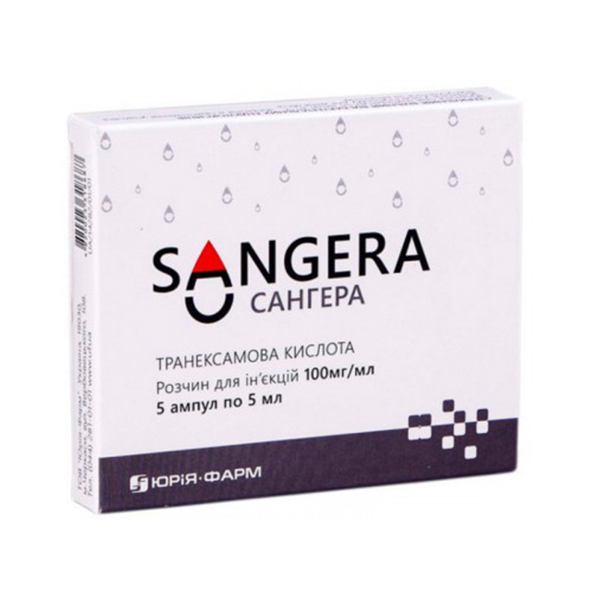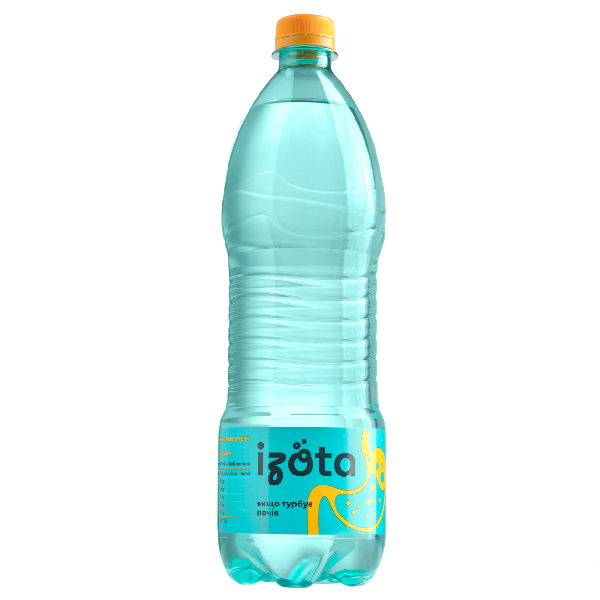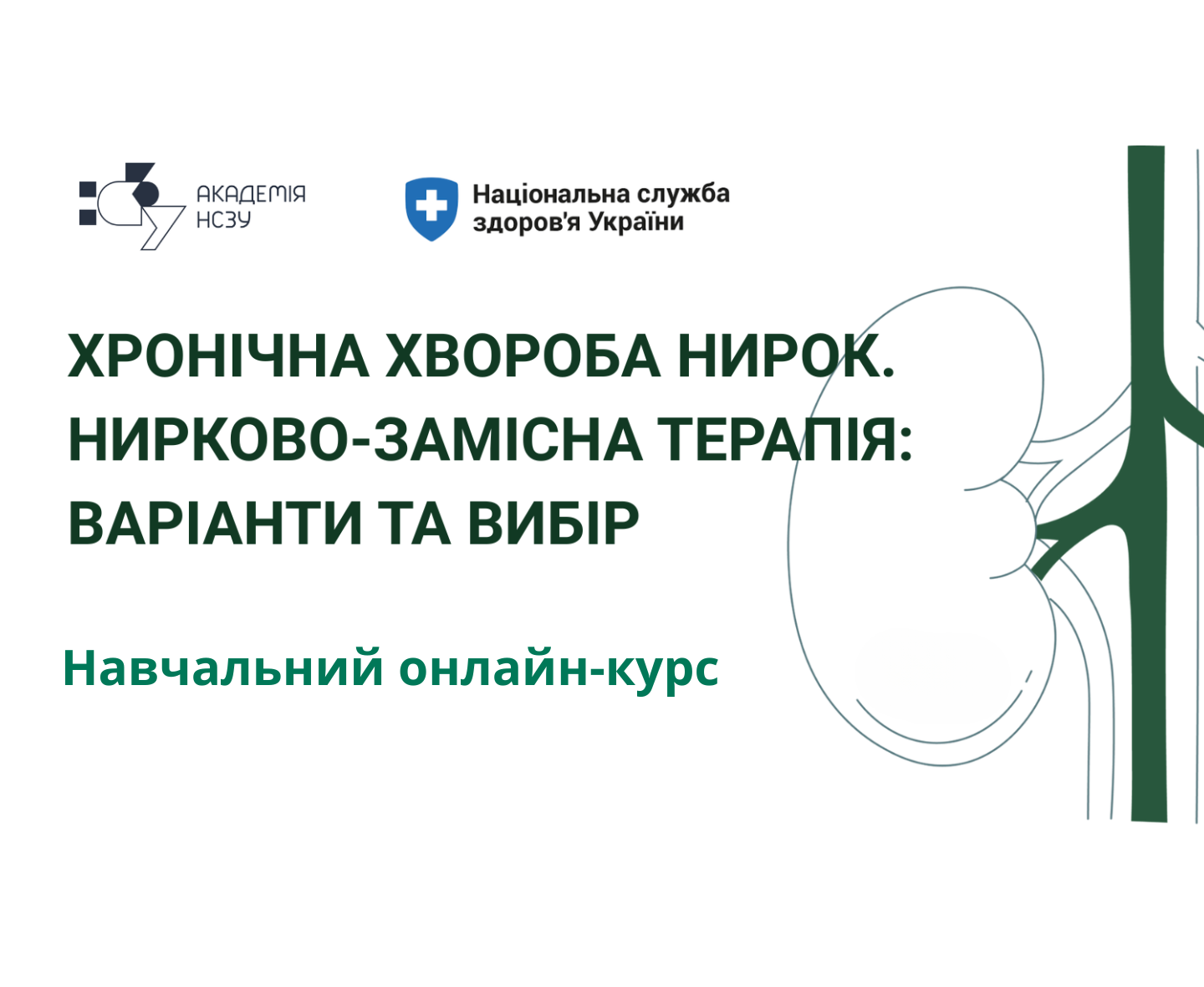Nardin®
Nardin is a low molecular weight heparin (LMWH) containing enoxaparin sodium, in which the antithrombotic and anticoagulant activities of standard heparin are unrelated. It has higher anti-Xa activity than anti-IIa (or antithrombin) activity (their ratio is 3.6).
The mechanism of action
Leads to a reduction in the risk of thrombosis due to a direct anticoagulant effect: inhibition of thrombokinase (factor XA) and inactivation of thrombin (factor IIa).
Indication
- prevention of venous thromboembolic complications in surgical patients with moderate and high risk, especially in patients who are subject to orthopedic or general surgical interventions, including surgical interventions due to oncological diseases;
- prevention of venous thromboembolic complications in therapeutic patients with acute diseases (such as acute heart failure, respiratory failure, severe infections or rheumatic diseases) and reduced mobility, who have an increased risk of venous thromboembolism;
- treatment of deep vein thrombosis (DVT) and pulmonary embolism (PE), except for cases of PE, which may require thrombolytic therapy or surgery;
- prevention of the formation of blood clots in the extracorporeal circulation during hemodialysis;
- with acute coronary syndrome:
- for the treatment of unstable angina and non-ST segment elevation myocardial infarction (NSTEMI), in combination with oral acetylsalicylic acid;
- for the treatment of acute ST-segment elevation myocardial infarction (STEMI), including in patients who are scheduled for medical treatment or subsequent percutaneous coronary intervention (PCI).
Dosage form
Solution for injection.
How supplied
- 2000 anti-Xa IU/0.2 ml, which is equivalent to enoxaparin sodium 20 mg;
- 4000 anti-Xa IU/0.4 ml, which is equivalent to enoxaparin sodium 40 mg;
- 6000 anti-Xa IU/0.6 ml, which is equivalent to enoxaparin sodium 60 mg;
- 8000 anti-Xa IU/0.8 ml, which is equivalent to enoxaparin sodium 80 mg.
Method of application
- The drug Nardin® can not be administered intramuscularly.
- For the prevention of venous thromboembolic complications after surgical interventions, treatment of DVT and PE, treatment of unstable angina and NSTEMI, enoxaparin sodium should be administered by intravenous injection.
- For the treatment of acute STEMI, the use of the drug should be started with a single IV bolus injection followed by immediate IV administration.
- To prevent the formation of blood clots in the extracorporeal circulation during hemodialysis, the drug is injected into the arterial line of the dialysis circuit.
How supplied
Sales markets
Ukraine

